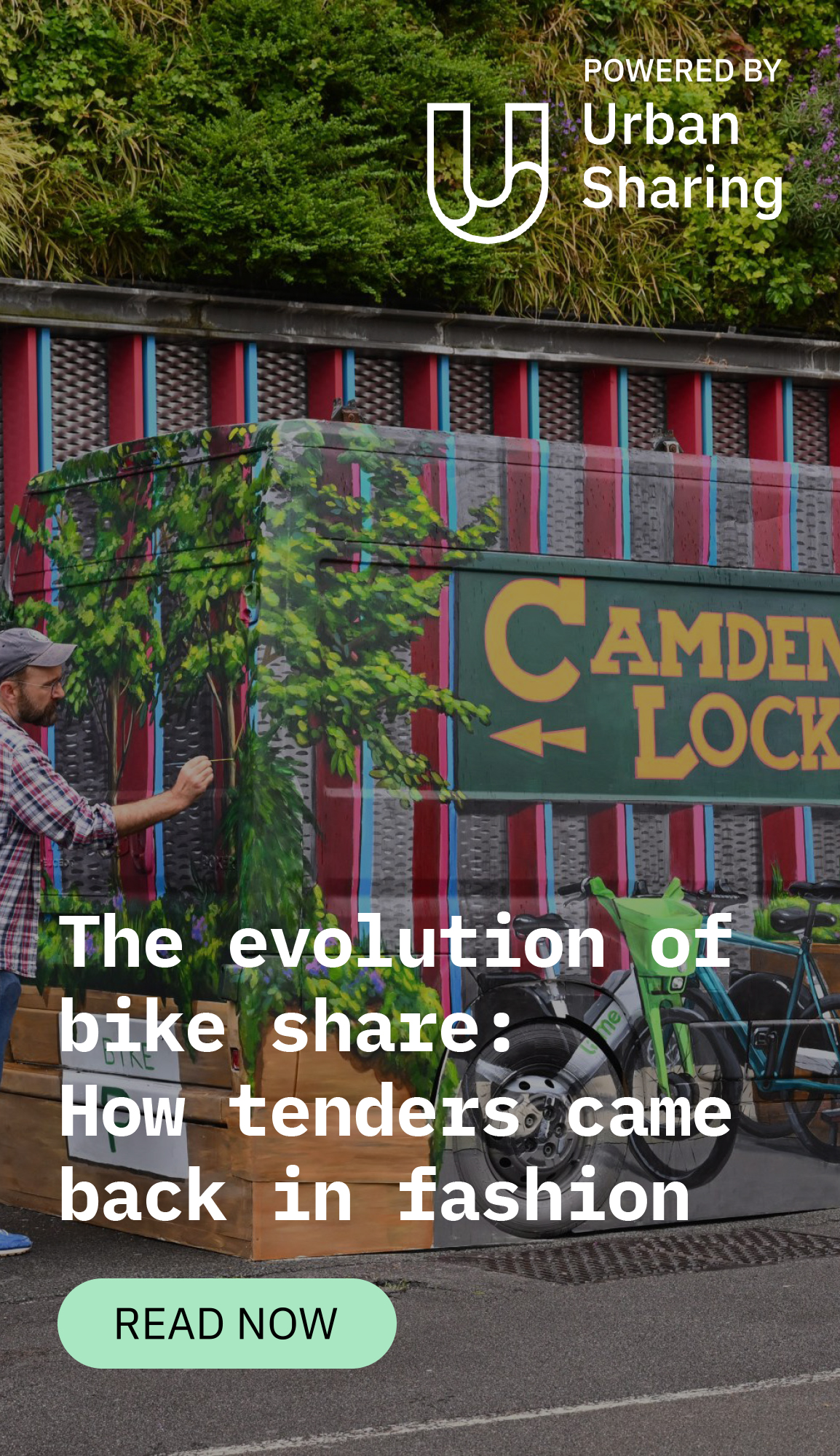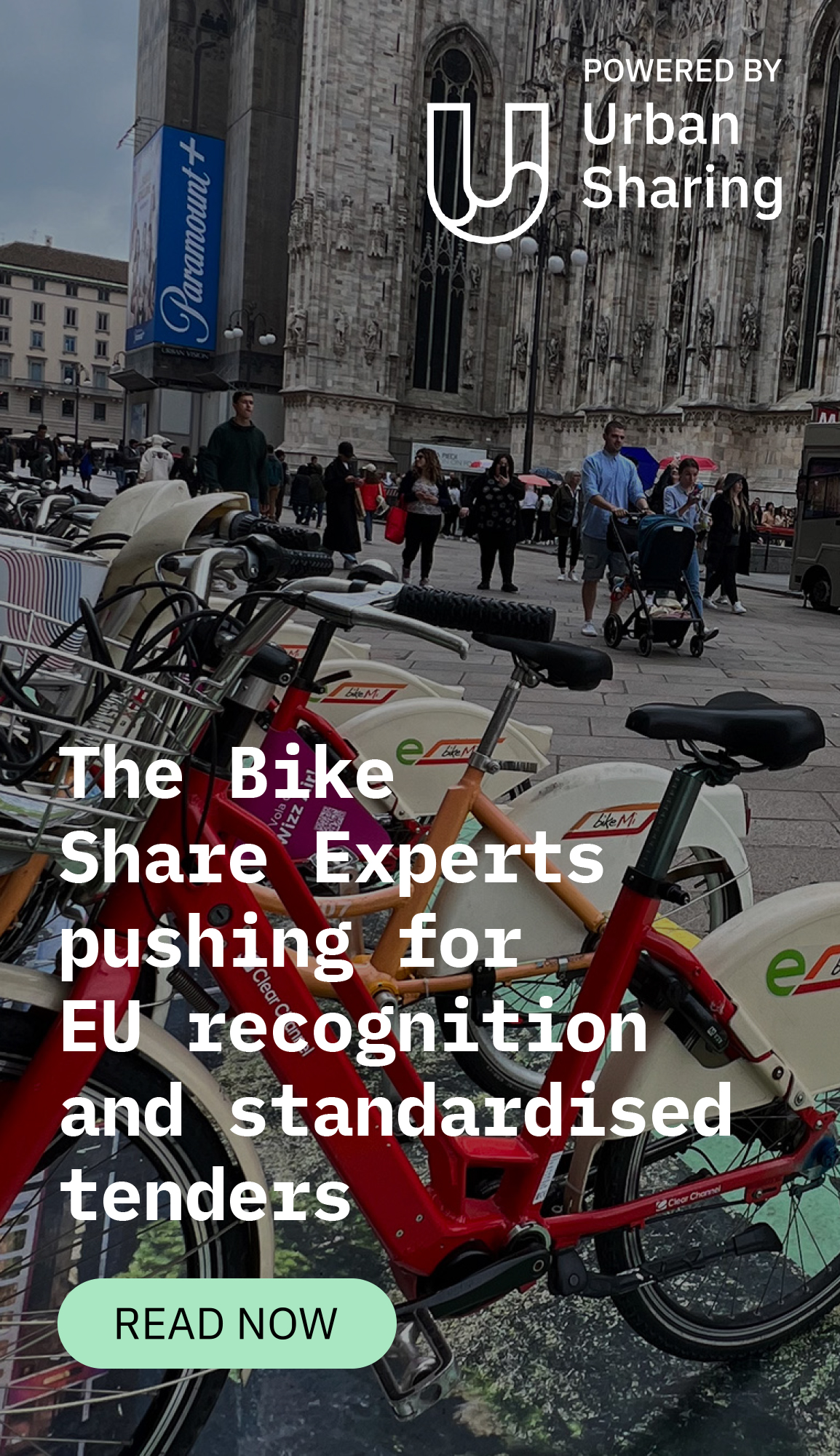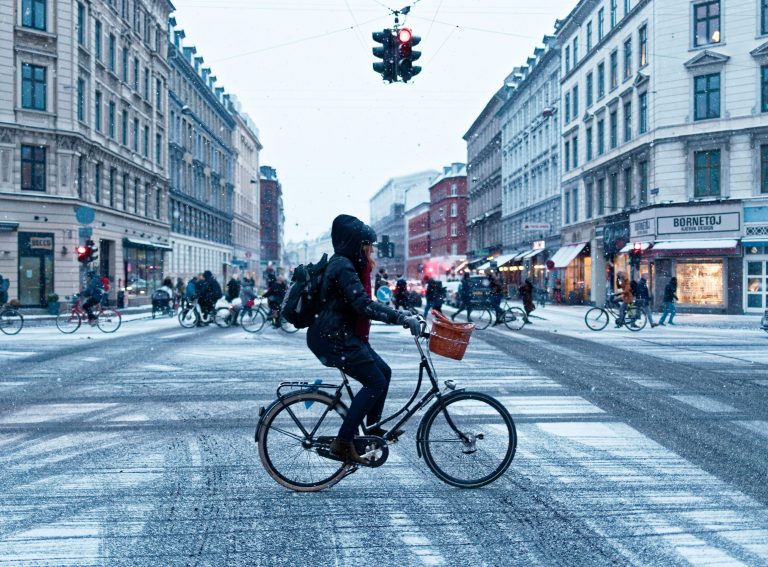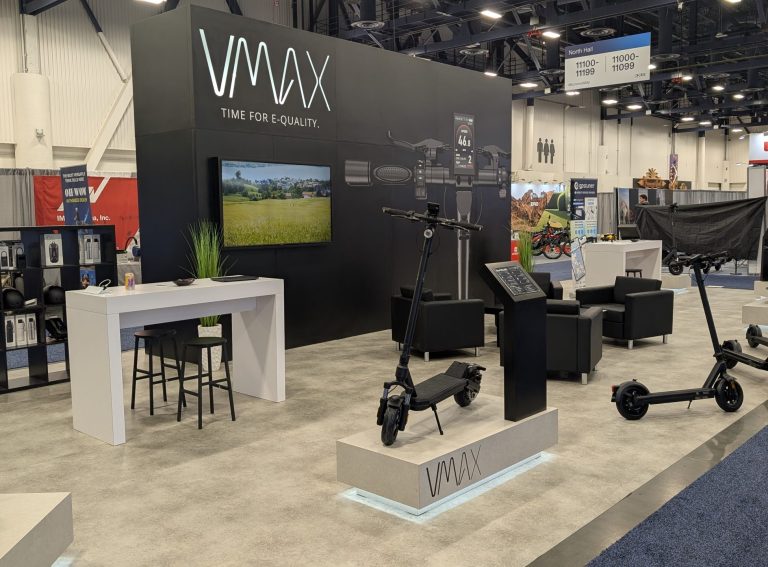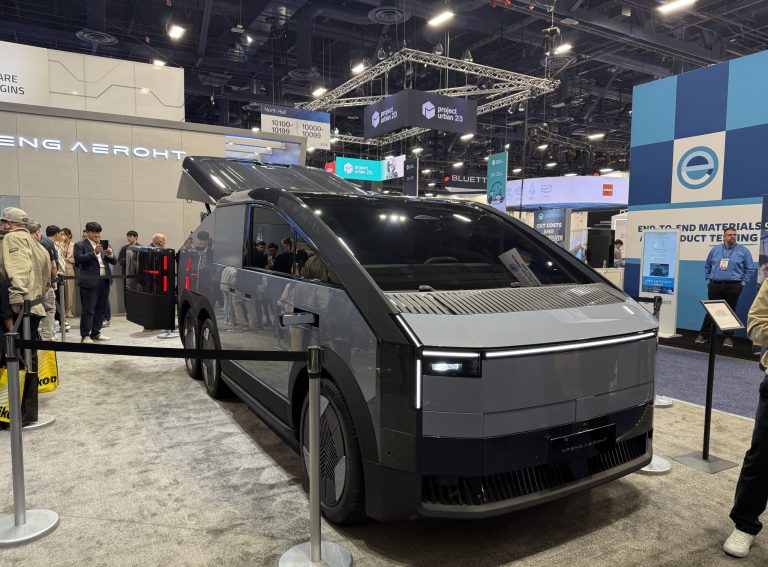Author: Tom Nutley, Chief Revenue Officer at micromobility software platform Urban Sharing
Whilst most people are busy making predictions for 2025, we thought why not jump ahead and see what shared micromobility will look like in 2030? That’s right—we’re skipping the next five years because, honestly, this industry moves faster than a fully charged e-bike in turbo mode.
Right now, the shared micromobility space is a bit of a wild west—too many vehicles, too many companies trying to do everything, and too much city clutter. But the future? It’s looking smarter, more connected, and way less chaotic.
By 2030, we expect five major shifts in how cities, micromobility companies, and riders interact. Let’s break them down.
Cities Will Finally Take Control (No More Chaos!)
Today, cities are flooded with different scooters and bikes from different companies, each with its own app, pricing, and parking rules. It’s like trying to juggle five different streaming services just to watch your favourite shows.
By 2030, cities will own the infrastructure—think docking stations, charging hubs, and designated parking. Instead of operators dumping vehicles wherever they want, cities will set the rules, just like they do for bus stops and EV chargers.
Why does this matter?
- Less street clutter – no more bikes and scooters blocking pavements.
- Better integration with public transport – bike parking at train stations, anyone?
- Fairer competition—companies will compete based on service, not just who can flood the streets first.
This shift has already happened in EV charging (where cities control charging points but allow multiple operators), so it’s only a matter of time before micromobility follows suit.
Companies Will Stop Trying to Do Everything
Right now, micromobility operators are spinning too many plates. They’re trying to:
- Build their own vehicles
- Develop their own apps
- Handle operations and maintenance
- Advocate for regulation changes
- Raise funds and scale internationally
The result? Burnout, bad service, and bankruptcies.
By 2030, we’ll see specialisation, just like in other industries. The three main players will be:
- Hardware specialists → Making the best bikes, scooters, and batteries.
- Software experts → Building the platforms and ancillary systems.
- Operational pros → Managing fleets, rebalancing vehicles, and keeping everything running.
This already happens in logistics (Amazon doesn’t build its own trucks), and it’s coming for micromobility too.
More specialisation = better quality, lower costs, and fewer companies collapsing overnight.
Big Companies Will Merge (or Disappear)
The micromobility industry has been a game of survival—companies grow fast, burn through millions of funding, and then either merge or go bust.
By 2030, we’ll see big consolidations as smaller, less profitable operators get swallowed up. This has already started – Bird and Lime have been snapping up struggling rivals and Tier and Dott have merged.
We’ll also see:
- Standardised hardware—so parts and batteries are interchangeable.
- Universal battery swapping—no more different charging setups for each brand.
- More public tenders—cities will issue contracts to operate, just like they do for buses.
Fewer, stronger companies will mean a more reliable service, better pricing, and higher-quality vehicles.
More Funding, But Only for the Green Guys
Sustainability is no longer optional—cities and companies have net-zero targets to hit. By 2030, expect more:
- The Social Climate Fund (SCF) → The EU’s SCF will be a major driver of funding for sustainable transport, rewarding cities and companies that reduce carbon emissions.
- Corporate Sponsorships → Expect brands to sponsor bike-sharing schemes (just like Barclays did with London’s “Boris Bikes”).
- Government Grants & Tax Breaks → If your mobility solution helps the environment, you’ll get funding perks.
This means any company that isn’t green will struggle to get investment. In the future, micromobility won’t just be about convenience—it will be part of cities’ sustainability plans.
Micromobility Will Be Fully Integrated with Public Transport
Micromobility currently feels a bit like the awkward cousin of public transport. You use it when there’s no other option, but it’s not fully connected to the system. By 2030, that will change.
Expect:
- Micromobility hubs at train and bus stations → Need a bike when you get off the train? It’ll be waiting for you.
- One app to rule them all → Instead of juggling different accounts for scooters, bikes, buses, and trains, one platform will cover everything (likely also owned by the city)
- Subscription models → Just like Netflix, but for transport. Pay one monthly fee, and get access to bikes, scooters, and even car-sharing.
- Micromobility parking everywhere → Dedicated spots for bikes and scooters, so they’re not clogging up streets.
- Cities like Paris and Barcelona are already moving in this direction—by 2030, most major cities will have a fully integrated system where micromobility works seamlessly with buses, trains, and walking.
What’s Next?
Micromobility in 2030 will be less chaotic, more connected, and way more useful. To make this happen, we need:
- Cities to step up and manage infrastructure properly.
- Companies to focus on their strengths instead of trying to do everything.
- Investors to put money into long-term, sustainable solutions.
- Public transport and micromobility to work together, not compete.
It’s not rocket science—it’s common sense. And if we get it right, cities in 2030 will be cleaner, less congested, and way easier to get around.

